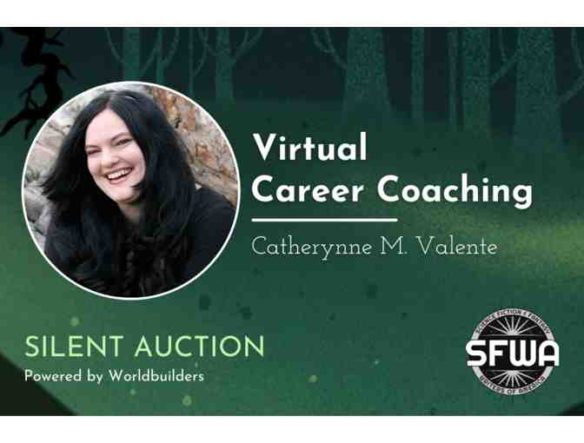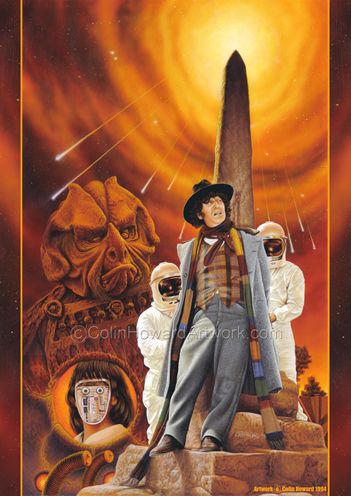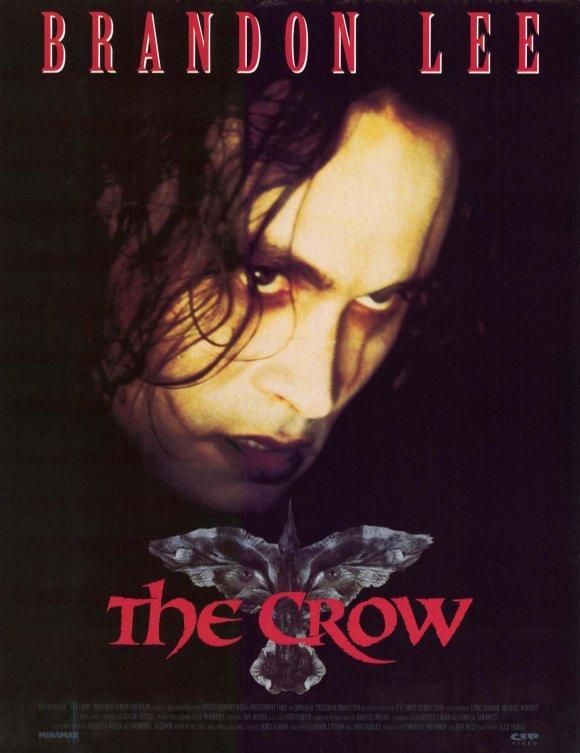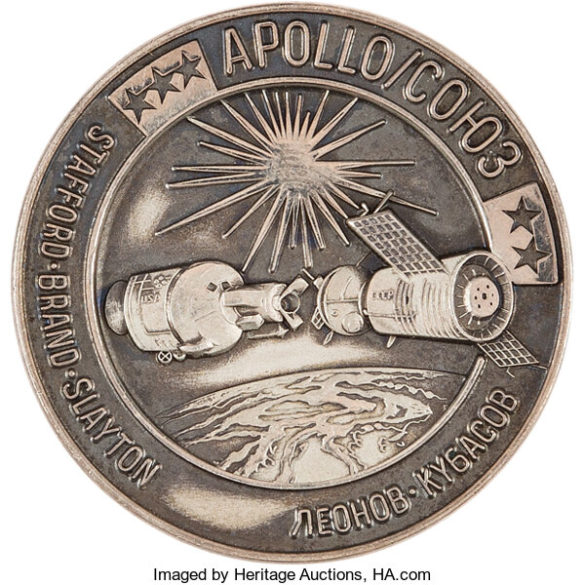(1) HAPPY THIRD! Sunday Morning Transport is hosting a summer celebration which begins with this free read – a story by Scott Lynch: “Selected Scenes from the Ecologies of the Labyrinth”.
July marks our third (We can’t believe it’s been two and a half years!) summer — and we’re celebrating with four great free reads. Yes, you read that right, a whole month of free goodness from The Sunday Morning Transport — by Scott Lynch, Margaret Dunlap, Rachel Hartman, and Paolo Bacigalupi. We hope you love these and all our stories as much as we love bringing them to you on Sundays….
(2) HELP NEEDED TO FIGHT CANCER. “Help R. S. A. Garcia Pay for Cancer Expenses” at GoFundMe. People have been responding generously to R.S.A. Garcia’s urgent call for help in order to afford needed blood tests – the medical reasons for which are detailed in the updates at the link. Garcia recent won a Nebula for the short story, “Tantie Merle and the Farmhand 4200”.
…And thank you all for getting me to $48,000 in just about a week! Amazing!
I still have a way to go to get to $55,000 so I’ve moved my appointments back a week to try to get enough funds to pay for them.
For now, I was able to do some blood tests and I hope that they’ll give clearer answers. My oncologist has also switched some of my meds, but I had to keep taking the Zoladex, so I’m still getting some heart symptoms. Hopefully, we’ll figure out what’s going on there soon.
Please share and donate if you can. The sooner I reach my goal the sooner I can complete my other investigative procedures and work on treatment….
(3) INFORMATION PREVENTION. [Item by Steven French.] The internet has caused the biggest crisis in human communication since the arrival of the printing press, the award-winning dystopian author Naomi Alderman has said. “Naomi Alderman: ‘Whatever happened to talking? We’ve lost the ability to swap ideas’” in the Guardian.
The writer of The Power, a 2016 feminist science fiction novel, said we are living through the “third information crisis”, in which digital communications have eroded in-person communication and entrenched disagreement.
“If you have a person in front of you, you can have a conversation and, ideally, through sharing experience and empathy, you may come to some new position that recognises what you’re both bringing to that conversation,” she said. “This can never happen with a book, TV show, tweet, someone’s ranty YouTube video. Increasingly, I think that leads us to be vulnerable to a kind of fundamentalism, to ‘I’ve got my view and I’m sticking to it’.”
Alderman is exploring the impact of the internet on human communication for a new five-part documentary series for BBC Radio 4, The Third Information Crisis, which begins tomorrow….
(4) BID ON BLOCH’S HUGO. Robert Bloch’s 1959 HUGO AWARD for Best Short Story is up for bids on eBay. Of added interest is that the seller is “Official Dave Hester Store” – Hester being one of the regulars on the old Storage Wars show.
17th World S F Convention 1959 HUGO AWARD – Best Short Story 1958 – THE HELLBOUND TRAIN by Robert Bloch Trophy
We believe this award came from Mr. Robert Bloch estate.
Robert Bloch (1917-1994) American fiction writer primarily of crime psychological horror and fantasy, much of which has been dramatized for radio, cinema and television. He also wrote a relatively small amount of science fiction. His writing career lasted 60 years, including more than 30 years in television and film. Best known as the writer of Psycho (1959), the basis for the film of the same name by Alfred Hitchcock.
“That Hell-Bound Train” is a fantasy short story by American writer Robert Bloch. It was originally published in The Magazine of Fantasy & Science Fiction in September 1958 and in 1959 Robert Bloch was awarded the 1959 HUGO AWARD.
The Hugo Award is an annual literary award for the best science fiction or fantasy works and achievements of the previous year, given at the World Science Fiction Convention and chosen by its members. The award is administered by the World Science Fiction Society.
Award is 8-3/4″W x 8-3/4″D x 19″H including the 4-3/4″H wooden stand.
Award is in good vintage condition with signs wear, peeling, discoloration and a tarnish to the plaque. There are small chips and scratches to the wooden base. Please see photos.
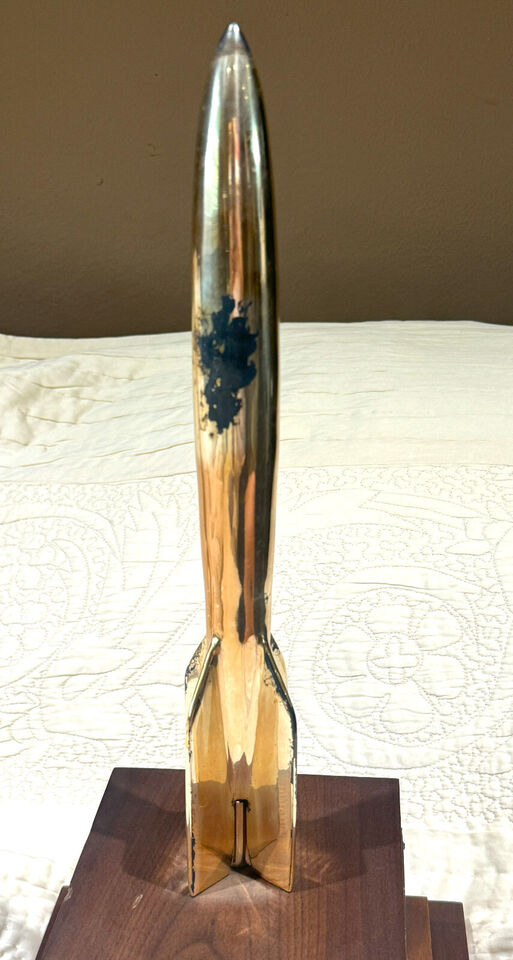
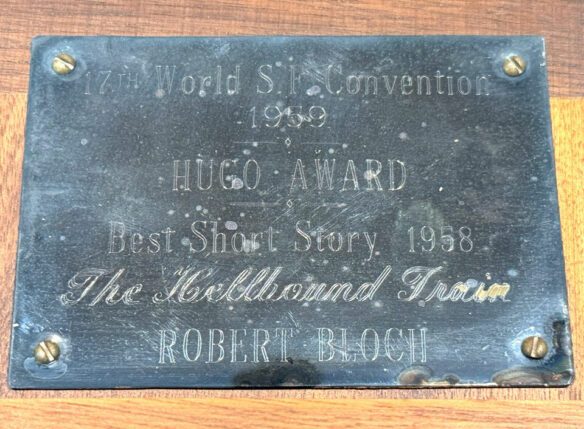
(5) PROOF OF LIFE. Kevin Standlee has posted video of the Westercon 76 Business Meeting.
The Westercon 76 Business Meeting received the results of Westercon 78 (2026) Site Selection, ratified all of the pending amendments to the Westercon Bylaws passed on from the Westercon 75 Business Meeting, and passed two new bylaw amendments that clarify the official name of the convention and broaden the suggested range of dates for holding the convention. As with the previous wording that was in the Bylaws, the suggested range of dates (anytime during the months of May, June, and/or July) are not required, only suggested. These two bylaw amendments will be up for ratification at Westercon 77, which will be held in conjunction with BayCon 2025. The exact wording of the Bylaw amendments will be published in the minutes of the Westercon 76 Business Meeting and the 2024-25 version of the Westercon Bylaws, Standing Rules, and Draft Agenda for 2025, which we will publish when the Business Meeting staff releases it, which we expect to happen before the end of July 2024.
(6) BAYCON TO HOST WESTERCONS 77 AND 78. [Item by Kevin Standlee.] BayCon will host both Westercon 77 (2025) and 78 (2026), after the members of Westercon 76 in Utah voted to award the right to host Westercon 78 to a bid from BayCon’s parent non-profit organization. BayCon 2025 was previously awarded the right to host Westercon 77, as announced on June 14, 2024.
19 members of Westercon 76 in Utah voted in the 2026 Site Selection election. BayCon received 13 of the votes cast. The summary of votes is available here.
The write-in bid for BayCon 2026 applied to a bid filed by the Society for the Promotion of Speculative Fiction on July 2, 2024.
A more detailed breakdown of votes cast per day will be in the minutes of the Westercon 76 Business Meeting
(7) TODAY’S BIRTHDAY.
[Written by Paul Weimer.]
July 7, 1968 – Jeff VanderMeer, 56.
By Paul Weimer: In some ways, Jeff Vandermeer, although he didn’t know it, helped get me into reviewing and criticism. Back around 2000, I started to get interested seriously in science fiction and fantasy and the field of SFF. I think I’ve mentioned before elsewhere that this is when I cast my first Hugo ballots, was reading Locus assiduously, etc. I also got interested in reviewing.

In those wild days, getting into reviewing and getting arcs and books and getting involved in that community was easy, although no one would really see my work extensively for years. I was mostly reading reviews and not writing my own at this point, though. One of the reviews read in a newsletter was for City of Saints and Madmen, by Jeff Vandermeer. Given my usual tastes, this book sounded off-the-wall bonkers and way outside my comfort zone. But the reviewer, whose name sadly I cannot remember alas, convinced me of two things: I wanted to write reviews myself, to help be a signpost to others. And, germane to this birthday, to try Jeff Vandermeer.
I was stunned by the visceral, immersive, New Weird experience that City of Saints and Madmen, in its original form gave me. I bought the later edition, too (sadly both were lost in book moves) and started reading Vandemeer ever since. He does sit outside my typical comfort zone on a number of levels (much like M John Harrison does) but his fearlessness in trailblazing the New Weird, to this day, makes him one of my must-reads.
While I still have a strong affinity for Ambergris and the stories and novels set in it, I think my favorite is the braided, twisting, self-referential and convoluted and so out there Annihilation trilogy. I think that, even more than Ambergris, is the work that you hand someone who wants to try Vandermeer. If you like this, you will like the rest of his work. If not, you will not. The movie adaptation, which takes from more than just the first novel, is an interesting adaptation. It sits somewhat skewed from the main texts, but given the whole New Weird aesthetic and mindset…it makes it a good movie FOR that reason.
And Vandermeer, along with his wife Ann, is a pretty damn good anthologist, in the bargain. (The Time Traveler’s Almanac my favorite of these.)
(8) COMICS SECTION.
- Eek! settles a dispute. Did you know Godzilla has big enough hands to play this game?
- Foxtrot proposes new shows.
- The Argyle Sweater shows what cowpokes and writers have in common.
(9) SIMAK: A SERIES OF Q&AS. Joachim Boaz shares the clippings in “Exploration Log 4: Six Interviews with Clifford D. Simak (1904-1988)” at Science Fiction and Other Suspect Ruminations. They include a Luna interview conducted by the brilliant interviewer Paul Walker, and an interview in Janice Bogstad and Jeanne Gomoll’s Janus conducted by Bill Brohaugh.
The first interview is:
Scholar and author James E. Gunn recorded a video interview with Clifford D. Simak in 1971 at World Science Fiction Convention in Boston.
Simak charts his earliest writing efforts, including his lost first manuscript, and his first experiences reading science fiction. He read Haggard, H. G. Wells, and Poe. And then in high school he picked up an early issue of Amazing felt a thrill that such a magazine existed. Soon he realized that he too could write for the magazines:at that time “there wasn’t too much competition and if a man could write anywhere near complementary [to what was in the magazine] you could sell.” He compares the early scene to the present in which “it’s much harder for a young writer to break in.”
He traces his early career across Midwest–North Dakota, Minnesota, etc.–as a newspaperman. His perambulatory existence prevented him from continuing his SF writing as “there’s no such thing as an eight-hour day or a 40-hour week” at the smaller newspapers. A more stable newspaper job in Minneapolis allowed him to return to science fiction. He discusses his influential letter exchange with a young Asimov, his early pulp work, and the restrictions that knowing too much about a topic places on the imagination. Simak conveys pride that his stories for John Campbell, Jr. placed “ordinary characters” in strange science fictional situations….
(10) DID YOU MISS MIDNIGHT? “George Clooney’s Post-Apocalyptic Space Movie Shouldn’t Have Flown Under the Radar” argues Collider.
…The Midnight Sky seemed to come and go without much attention, but it’s not hard to see why. It’s a film that features beautiful works of visual effects (which even received an Academy Award nomination), yet wasn’t available to be seen in theaters due to the theatrical shutdowns related to the COVID-19 virus. Additionally, audiences may have been skeptical about a cold, realistic version of a post-apocalyptic event when they were dealing with their own mental health issues during the height of the lockdown. Factors out of Clooney’s control prevented the film from getting the rollout it deserved. But The Midnight Sky is a beautiful examination of human achievement that shows just how grandiose the science fiction genre can be….
(11) LIVING 22 MINUTES IN THE PAST. FOR 378 DAYS. [Item by Mike Kennedy.] A trip to “Mars“ has ended for 4 NASA crewmembers. For over a year, they lived in isolation in a simulated Mars habitat—including an up to 22-minute one-way time delay to communicate with their base “back on Earth.” “Volunteers who lived in a NASA-created Mars replica for over a year have emerged” – NPR has the story.
Four volunteers who spent more than a year living in a 1,700-square-foot space created by NASA to simulate the environment on Mars have emerged.
The members of the Crew Health and Performance Exploration Analog mission — or CHAPEA — walked through the door of their habitat at NASA’s Johnson Space Center in Houston on Saturday to a round of applause.
“Hello. It’s actually just so wonderful to be able to say hello to you all,” CHAPEA commander Kelly Haston said to the assembled crowd.
Haston and the other three crew members — Anca Selariu, Ross Brockwell and Nathan Jones — entered the 3D-printed Mars replica on June 25, 2023, as part of a NASA experiment to observe how humans would fare living on the Red Planet.
The volunteers grew their own vegetables, maintained equipment, participated in so-called Marswalks and faced stressors that actual space travelers to Mars could experience, including 22-minute communication delays with Earth.
The 378-day endeavor was the first of three NASA missions the space agency has planned to test how humans would respond to the conditions and challenges of living on Mars, where it says it could send astronauts as soon as the 2030s. NASA’s second CHAPEA mission is scheduled for the spring of 2025, and the third is slated to begin in 2026….
[Thanks to Kathy Sullivan, Mike Kennedy, Andrew Porter, Kevin Standlee, Joachim Boaz, John King Tarpinian, Chris Barkley, Cat Eldridge, SF Concatenation’s Jonathan Cowie, Steven French, and Teddy Harvia for some of these stories. Title credit belongs to File 770 contributing editor of the day Kurt Busiek.]


